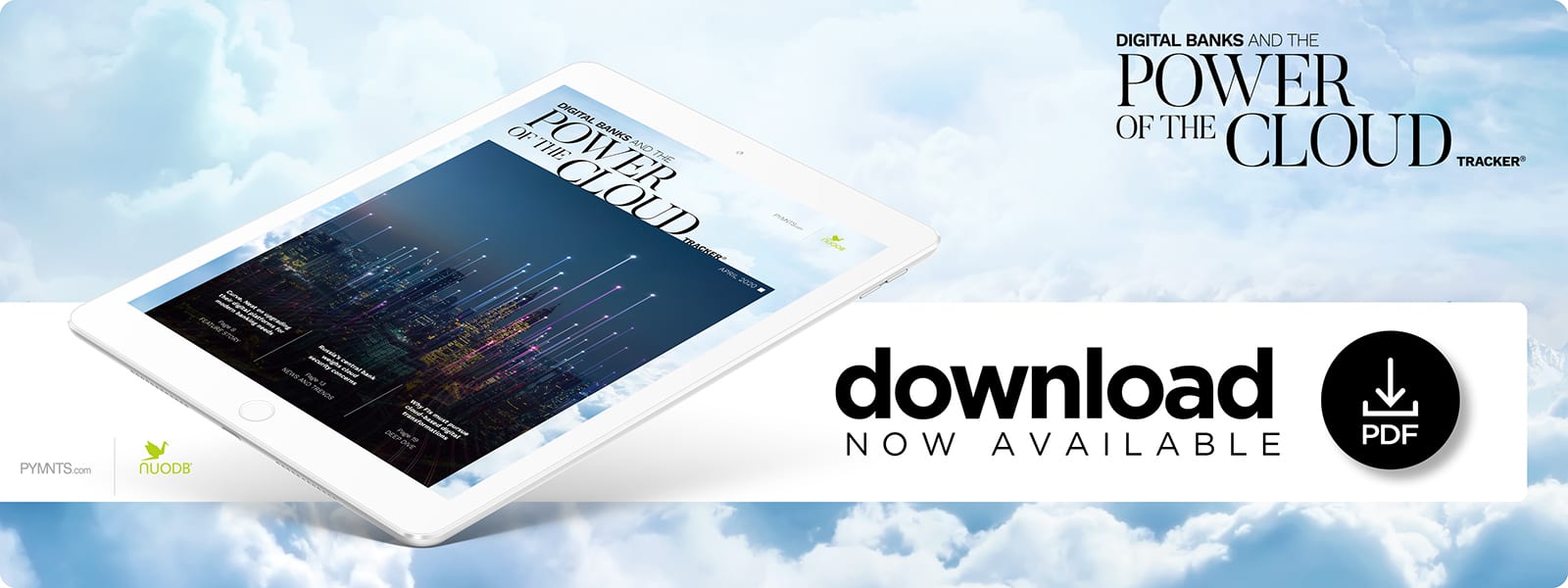Deep Dive: Strategizing Transparent, Holistic Digital Banking Transformations

Financial institutions’ (FIs’) consumers and business clients expect instant access to needed financial services regardless of which devices they use, but reality can fall short of their expectations.
Banks do not always have the budgets or resources to craft cutting-edge online and mobile experiences, although they can no longer afford to put off digital transformations.
The number of online banking customers is growing worldwide, and FIs’ consumers are coming to expect seamless digital experiences as a result. One study recently determined that the number of digital banking users is expected to exceed 3.6 billion by 2024, and a separate study suggested that many customers were willing to use FinTechs as well as their primary banks to receive the level of technological support they desired. It found that 64 percent of consumers across 27 surveyed markets noted that they were using FinTech services.
Larger FIs often partner with FinTechs and provide more advanced digital offerings, and other FIs know they need to upgrade their services to compete. Doing so will take more than simply revamping their mobile apps or adding a couple of digital solutions, however. These FIs must implement digital transformation strategies starting from the ground up, focusing first on ensuring they have the necessary infrastructure to support customer-facing tools before integrating them. Holistic approaches to transformation will allow these banks to create more robust online services that can handle customers’ preferred digital tools.
Starting at the Core
Most FIs moved their data from paper-based systems to online servers decades ago, using core banking solutions to send and receive cross-border payments as well as to process less sensitive daily transactions. Some banks have not upgraded their core banking infrastructures since their first digital shifts, however. Forty-three percent of U.S. banks still rely on COBOL IT systems — which are based on the COBOL programming language that originated in 1959 — for their core banking needs. This shows that banks’ success hinges upon beginning their digital transformations by reevaluating core infrastructures.
This type of strategy also allows FIs to implement digital technologies at more measured paces. Employing professionals to build out AI solutions, integrate automation into customer flows, and develop blockchain-based offerings is costly, and banks that lean on these tools to attract customers without implementing the appropriate security protocols could find themselves plagued by fraud or faced with compliance challenges.
FIs have several options when upgrading their core banking infrastructures, but transitioning to the cloud has proven to be one of the most advantageous. Cloud environments have seen increased development and usage in recent years as data can be kept secure off-site, which protects it from fraudsters while allowing easier access.
The Cloud and its Role in Banking Transformations
Global banking revenues are expected to reach approximately $5.4 trillion by 2022, and banks that have not upgraded their core banking infrastructures will miss lucrative opportunities. Sixty percent of FIs in one 2019 survey reported that they were already running at least some of their financial applications on private or public cloud environments, and an additional 18 percent planned to migrate their operations to the cloud within the next two years.
Cloud services can also enable FIs to more easily integrate with potential partners like FinTechs, which offer solutions such as mobile banking, digital wallets or online investing tools. Data does not have to be routed through multiple security measures to be shared with these third parties, as they can instead simply join private cloud networks to access the information.
The cloud can also help FIs more clearly identify patterns leading to deeper customer behavior insights, which are critical to developing online tools to satisfy users. Cloud environments also make it easier to bring alternative sources of information into customer behavioral analytics. Time series data — a collection of information that showcases changes in behavior over time — is more easily quantified when social media sources, FinTech details and payment information from third-party mobile wallets can be integrated into this pattern.
Transitioning to a cloud environment is only one step in a long-term digital transformation strategy. Banks will need to play the long game to ensure they can fully anticipate and develop the digital experiences consumers truly want, thus establishing their places in the future of digital banking.

